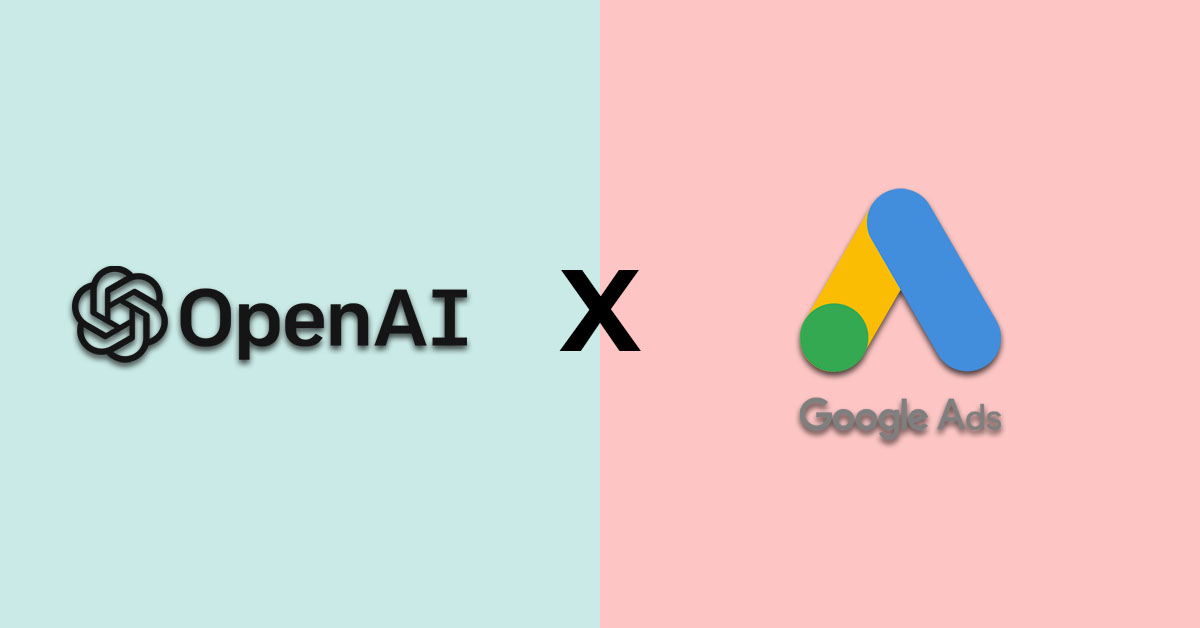Introduction
Integrating OpenAI models into your business workflow can present multiple challenges. Firstly, it requires creativity to identify how the technology can be applied to a specific issue. Then there are technical challenges, such as how to integrate it so that it is easy to use and fits into your current workflow. Finally, when using the gpt-3.5 model, you need to understand how to optimise prompts to get the desired result. In this blog, we discuss one way in which we have used OpenAI to improve our workflow for optimising Google Display Network ads, specifically optimising the placements where display ads are shown.
The Challenge
When managing Google Display Network ads, one important task is analysing and optimising placements. Ads can show on various types of placements, including websites, mobile applications, and YouTube. It’s important to make sure these placements are relevant to your business and that you want to show ads on them. Manually going through each placement to decide whether to keep it or add it as a negative exclusion can be a laborious task. This is where OpenAI’s chat GPT-3.5 turbo model can come in handy. For this blog article, we will be specifically focusing on website placements.
The Solution
To implement this into our workflow, we started with a Google Ads script. Google Ads scripts makes it easy to get the data we need for our placements as well as connecting to external third-party APIs. Using the Google query language, we requested a placement report for our website placements over the last 30 days.
The Prompt
Once we had the report, the data was sent to the chat completion endpoint, along with our prompt:
Determine how relevant these placements are to a residential solar business. In your response, only include the placement name and how relevent it is from high to low and briefly explain why.
Chat GPT returned a categorised list with explanations that we could use to determine if we should add the placement to our exclusion list. From our perspective, it did a good job with categorisation. It picked out several placements that were relevant to residential solar which was supplied in the prompt. There were too many to include the full list, however we’ve added a sample below.
High relevance:
- reneweconomy.com.au (renewable energy news website)
Medium relevance:
- petrolspy.com.au/map (fuel prices may affect energy consumption choices)
- reneweconomy.com.au/eight-hour-big-battery-trumps-pumped-hydro-in-nsw-long-duration-storage-tender (news about energy storage technology)
- reneweconomy.com.au/nsw-gets-stunning-low-price-for-wind-and-solar-in-biggest-renewables-auction (news about renewable energy in a specific region)
Conclusion
This script was written as a proof of concept to demonstrate that OpenAI & Chat GPT can be useful for managing Google Ads accounts. As a version 1, it produced a useful output that improved our workflow and will help improve account performance. The capabilities of this script can be expanded in the future to automatically apply exclusions based on the returned categorisations. However, appropriate safeguards would need to be put in place before any automated changes are made.
This is the first of several articles exploring how OpenAi & Chat GPT can enhance and improve Google Ads performance. Stay tuned for more.



